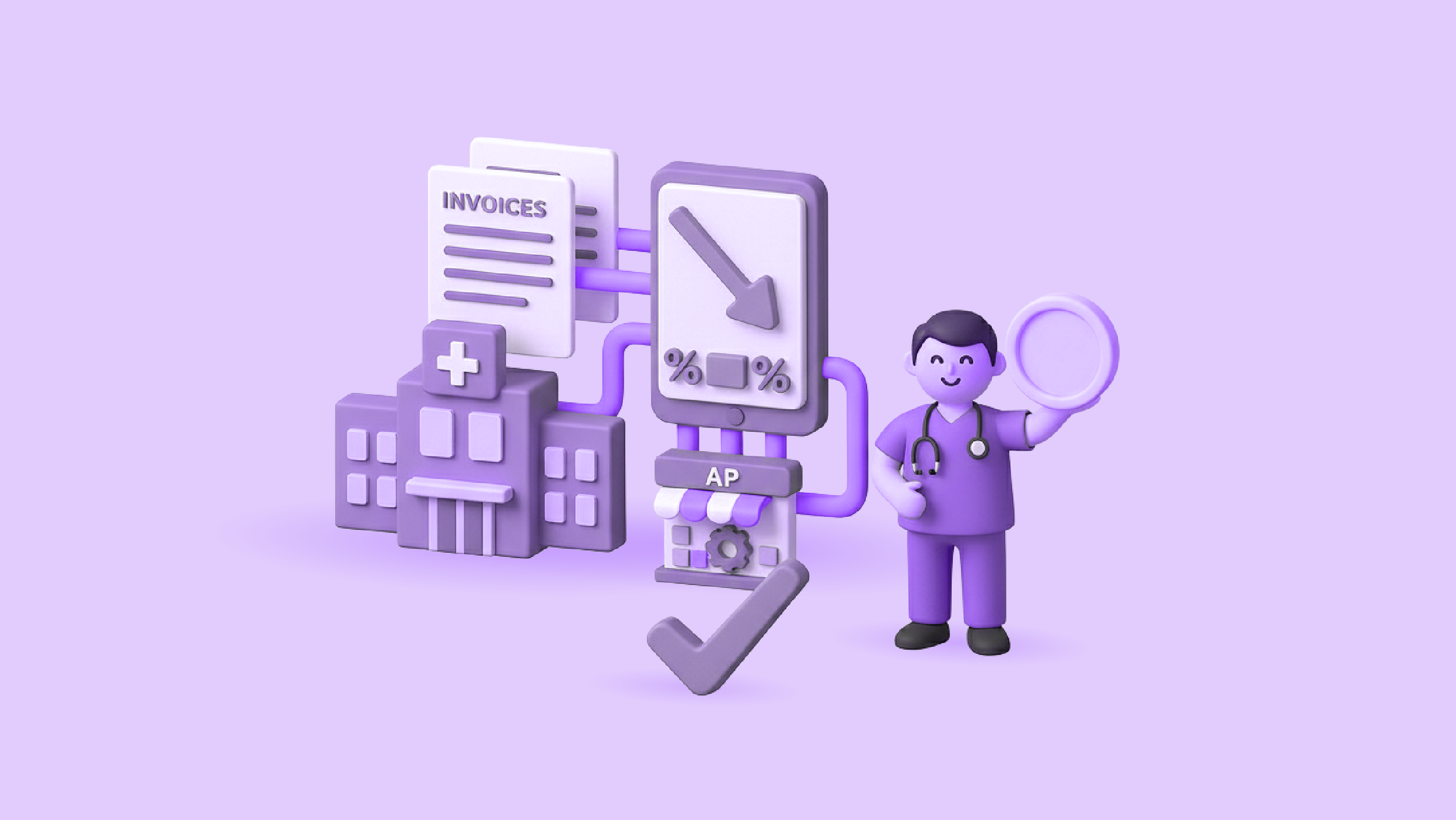For most businesses, accounts payable (AP) is not just about paying bills. It is about managing cash flow, maintaining vendor trust, and keeping operations smooth. Yet, in many organisations, AP is still a manual process. Invoices arrive by email or courier, staff enter details line by line, and approvals move slowly from desk to desk. This creates delays, errors, and sometimes missed payments.
Technology is changing this picture. With tools like Optical Character Recognition (OCR) and automated workflows, companies can handle invoices in a faster, more reliable way. These tools are helping finance teams move from manual tasks to a streamlined process where invoices are captured, verified, and approved with minimal effort.
This blog examines how AP undergoes this transformation, from capture to approval, and why it matters for businesses seeking efficiency and improved control.
The Traditional Accounts Payable Challenges
In many organisations, AP teams face a set of recurring problems:
- Manual data entry: Staff must key in details such as invoice numbers, vendor names, and amounts. This is not only slow but also prone to mistakes.
- Delayed approvals: Invoices often sit in email inboxes or on desks waiting for someone to sign off. This leads to missed deadlines and strained vendor relationships.
- Limited visibility: Managers struggle to know the status of pending payments, making it hard to plan cash flow.
- Compliance risks: With scattered documents and inconsistent processes, audit trails are weak. This increases the chance of disputes or regulatory issues.
These challenges are common across industries, whether it’s a manufacturing firm handling hundreds of supplier invoices or a service business paying for recurring vendor contracts.
Step One: Invoice Capture with OCR
The first stage of AP automation begins with invoice capture. Instead of manually typing information, OCR software scans invoices and extracts the data. This works for paper invoices, PDFs, or even images.
For example, when a vendor sends an invoice as a PDF, OCR can pick up the invoice number, date, line items, GST amount, and total payable. The extracted data then flows directly into the company’s accounting system.
The benefits are immediate:
- Speed: Dozens of invoices can be processed in minutes.
- Accuracy: Reduced errors from manual entry.
- Consistency: Standard data formats make it easier to track and report.
OCR also handles different invoice layouts, which is useful because vendors rarely use the same format. Advanced systems even learn over time, improving accuracy with repeated use.
Step Two: Data Validation and Matching
Once invoices are captured, the next step is to ensure the details are correct. Automated systems match the invoice with the corresponding purchase order (PO) and goods receipt. This three-way matching process confirms that the goods or services were ordered, received, and billed correctly.
For example, if an invoice shows 1,000 units delivered but the PO was raised for 800, the system flags the mismatch for review. Similarly, duplicate invoices or suspicious entries can be caught early.
This reduces the risk of overpayment, fraud, or disputes with vendors. It also saves the AP team from going back and forth with other departments to resolve errors.
Step Three: Automated Workflows for Approvals
Traditionally, invoice approvals move slowly because they depend on paper files or emails. Automated workflows solve this by routing invoices through pre-defined approval chains.
For instance, an invoice below a certain value might only need a manager’s approval, while a larger amount might require review by the finance head. The system automatically sends notifications and reminders, ensuring that invoices are not overlooked.
This leads to:
- Faster turnaround times: Payments are processed within days instead of weeks.
- Accountability: Every step is recorded, ensuring clarity on who approved what.
- Transparency: Managers can see the approval status at any time.
Integration with ERP and Accounting Systems
The true value of AP automation comes when OCR and workflows integrate with a company’s ERP or accounting platform. Once invoices are approved, the data flows directly into the system without manual entry.
This integration enables:
- Real-time updates: Finance teams always know the exact liabilities.
- Seamless reporting: Expense categories and vendor details are automatically updated.
- Audit readiness: Complete digital trails make compliance checks easier.
Most modern ERPs support such integrations, making adoption smoother for businesses.
Key Benefits for Businesses
Moving from manual to automated AP brings several measurable benefits:
- Efficiency: AP teams can handle higher volumes without increasing staff.
- Cost savings: Reduced processing costs per invoice by cutting manual work.
- Accuracy: Lower error rates reduce the need for corrections.
- Compliance: Stronger audit trails help during statutory checks.
- Vendor relationships: Timely payments build trust and can even secure better terms.
- Scalability: As the business grows, the system can manage larger invoice volumes without major process changes.
In industries with tight cash flow cycles, timely AP also supports better working capital management.
The Human Role in an Automated Accounts Payable
Automation does not eliminate the need for people. Instead, it changes the role of AP teams. Instead of spending hours typing data, staff can focus on reviewing exceptions, analysing spending patterns, and supporting vendor strategy.
For example, with real-time data available, finance managers can identify trends such as which vendors account for the largest expenses or where early payment discounts can be negotiated. This shifts AP from being a back-office function to a source of valuable insights.
Conclusion
Accounts payable is no longer just a routine function. With OCR and automated workflows, businesses can transform AP into a streamlined, efficient, and reliable process. From the moment an invoice is captured to the point it is approved, automation ensures accuracy, speed, and visibility.
For finance teams, this means fewer errors, stronger control, and more time for strategic work. For vendors, it means timely payments and stronger relationships. For businesses as a whole, it means better cash flow management and readiness for growth.
The shift is clear: AP automation is not just about paying bills on time. It is about building a financial backbone that supports the entire business. Solutions like OPEN Money are helping companies take this step with tools designed to simplify vendor payments and strengthen financial operations.





